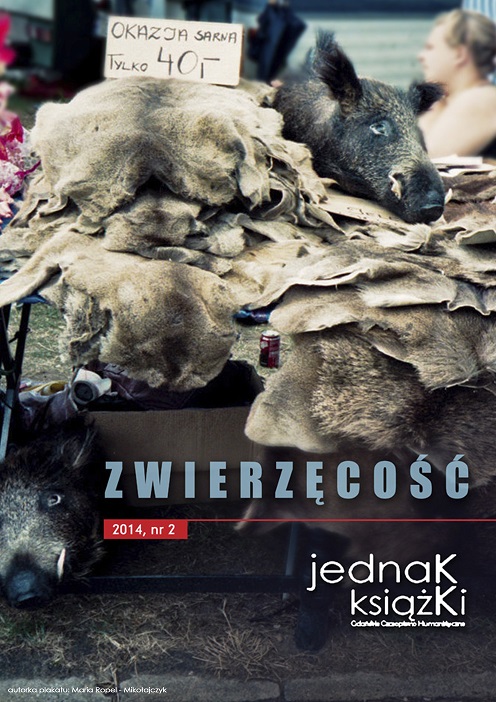Sztuczni ludzie i sztuczne zwierzęta w prozie Brunona Schulza i Philipa K. Dicka
Abstrakt
Phenomenon of artificial human beings is known in our culture for ages. They show up in various forms: mythic Galatea and Pandora, Jewish golem, dummies, mannequins, marionettes, androids and cyborgs.
The obsession of human look-alikes is omnipresent in works of Bruno Schulz and Philip K. Dick. These two writers, from different times and spaces, created dehumanized characters who are ruthless and washed out of feelings or already dead while still being alive who accepted their fate of sawdust-stuffed puppets.
Isn’t this too much anthropocentric though? What about the artificial animals? It seems to be quite an issue in Dick’s and Schulz’s novels. Real specimens are replaced by mannequins (Schulz’s withered condor, disembowelled martens and weasels, paper birds) or electric imitations (“the fakes are beginning to be darn near real, what with those disease circuits they're building into the new ones”).
How to judge this process? Do animals know about their look-alikes copies? Do they wear masks? Artificial animals can become a symbol of a new, fake world. Maybe, as Jean Baudrillard said, the whole reality is in fact a simulation. Then how should we see the difference between truth and illusion? Novels of Philip K. Dick and Bruno Schulz are bringing up these problems. There can be a hidden answer in the creation of artificial humans and animals.

 Uniwersyteckie Czasopisma Naukowe
Uniwersyteckie Czasopisma Naukowe




